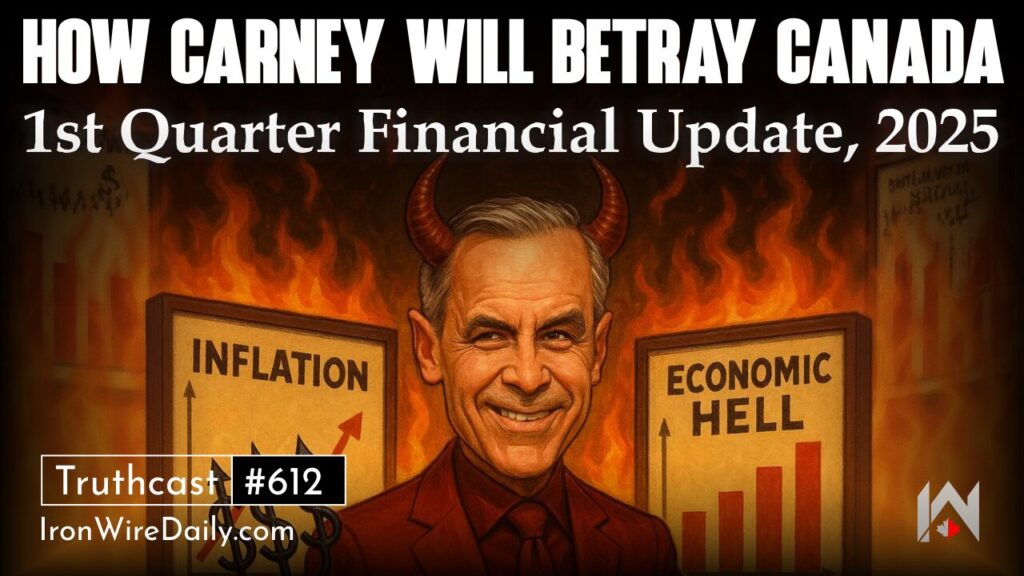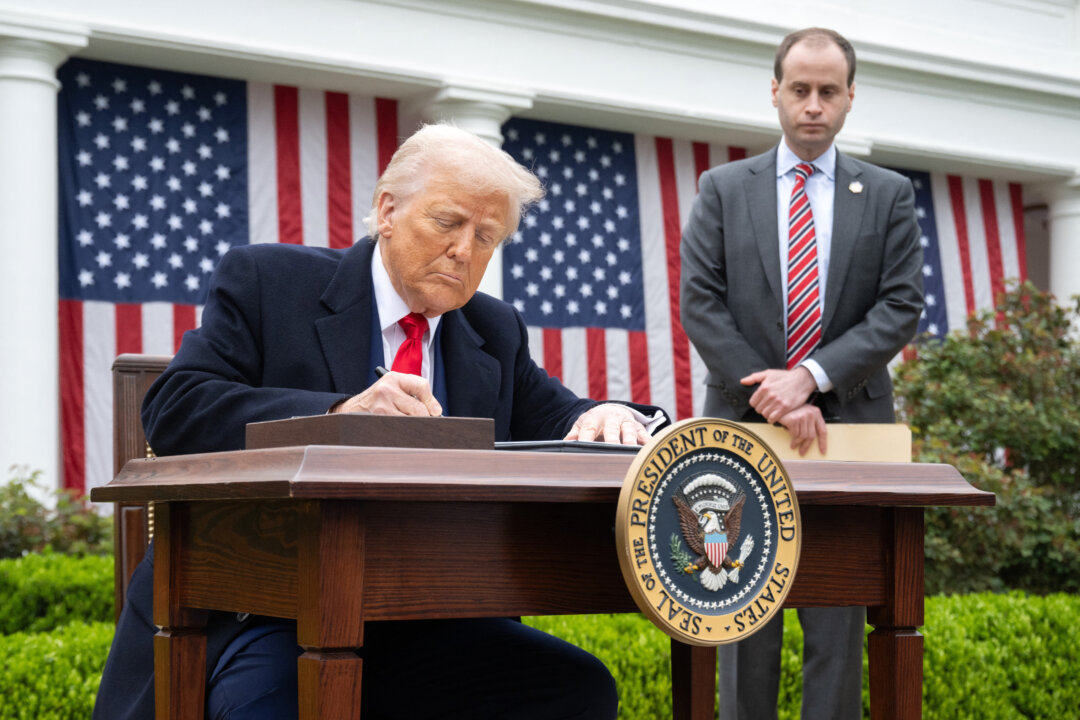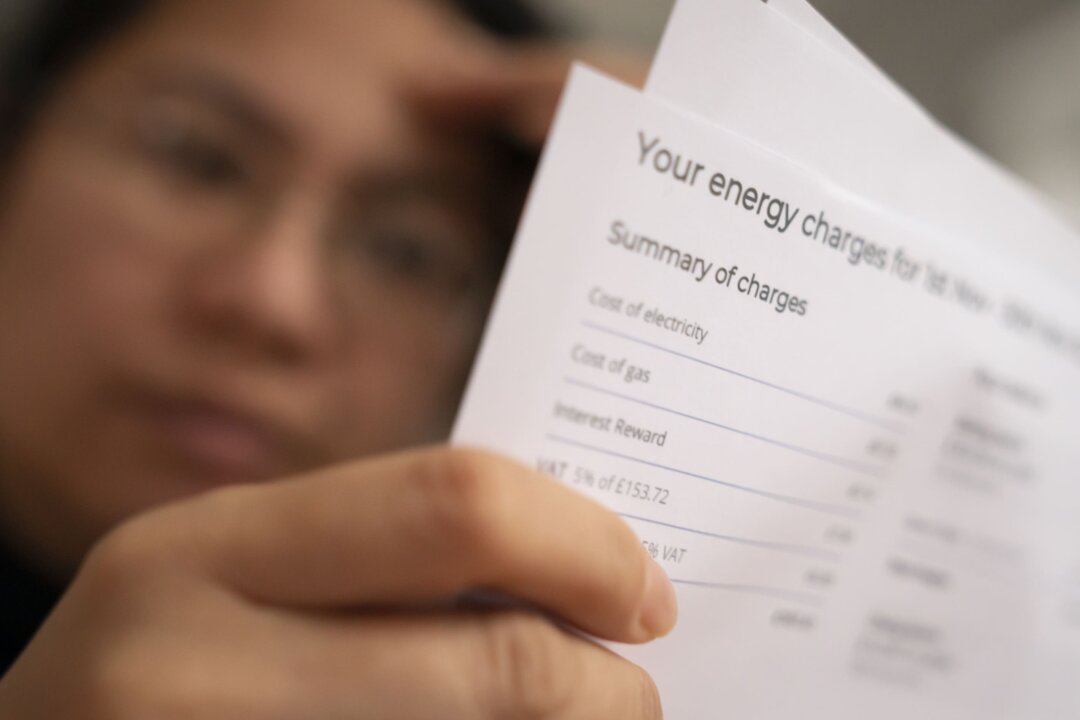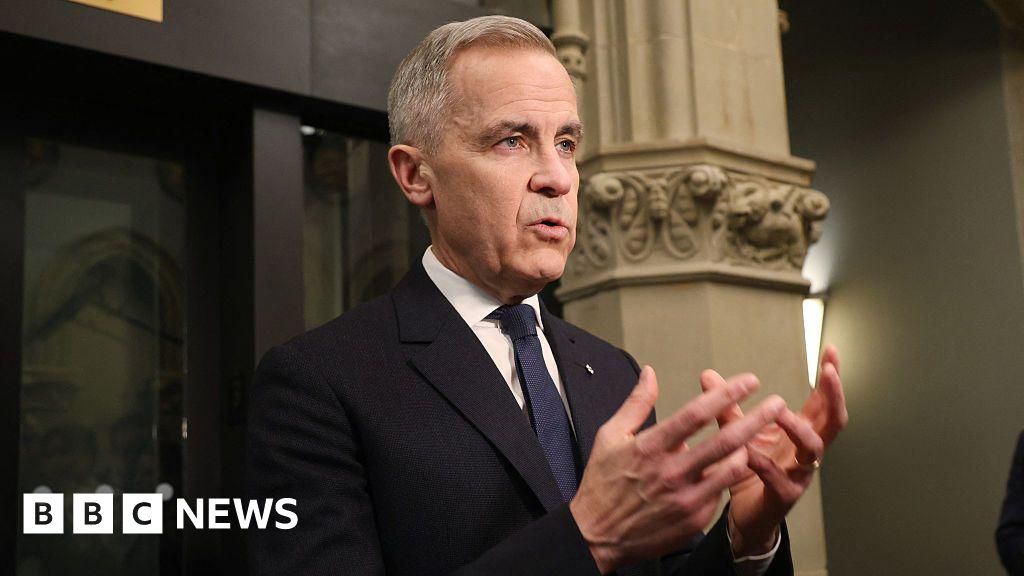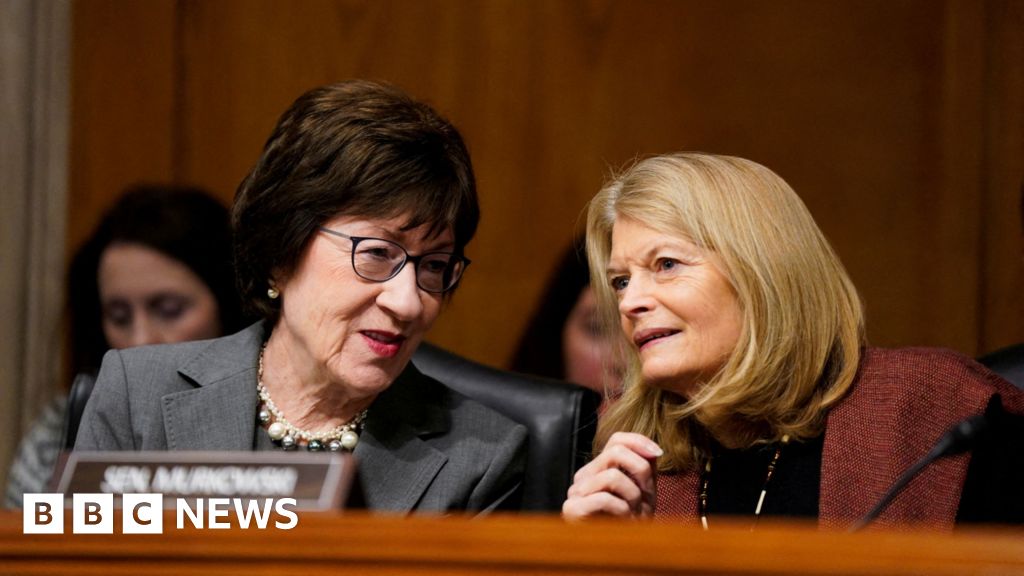Canada Avoids New Trump Tariffs, While Border-Related Penalties Remain in Place
U.S. President Donald Trump unveiled his long-promised plan seeking to rebalance global trade with reciprocal U.S. tariffs on April 2, but didn’t impose new tariffs on Canada.
A senior White House official said the initial broad 25 percent tariff placed on goods from Canada and Mexico in relation to illegal migration and fentanyl trafficking will remain in place. The current exemptions for goods covered by the United States-Mexico-Canada Agreement (USMCA) free trade deal, implemented on March 6, also remain. Canada also previously received a 10 percent tariff on its energy exports, and this will be unchanged.
“At this time, Canada and Mexico, they continue to be subject to the national emergency related to fentanyl and migration, and that tariff regime will persist while those conditions persist, and they will be subject to that regime, and not the new regimes,” said the official in speaking to reporters before Trump’s announcement.
The official added that if the fentanyl and migration issues are resolved, Canada would default to the new reciprocal tariff regime where USMCA goods would continue to have “preferential treatment” and other goods would have a 12 percent reciprocal tariff.
This new regime will impose a 10 percent baseline tariff rate, which will come into effect on April 5. Higher rates will be imposed on April 9 for the countries considered by the Trump administration to be the “worst offenders” on trade.
The reciprocal tariffs for other countries include 34 percent on China, 26 percent on India, 24 percent on Japan, 20 percent on the European Union, and 10 percent on the United Kingdom and Australia. The White House said these tariffs are equal to or lower than the tariffs imposed on the United States by the countries, including “currency manipulation and trade barriers.”
Trump singled out Canada specifically for its supply management system, saying the country imposes tariffs as high as 300 percent for its dairy products. “When you look a little bit, it’s not a pretty picture, and we don’t like it. It’s not fair to our farmers. It’s not fair to our country,” Trump said.
Existing Tariffs
The first round of U.S. tariffs placed on Canada and Mexico related to border concerns were first imposed in early February, and shortly afterward were put on a one-month pause. Canada had introduced several measures to avoid these tariffs, including $1.3 billion in investments in border security and listing drug cartels as terrorist entities, while Mexico deployed 10,000 soldiers to its border.
The White House said in February it had “leveraged tariffs to force Canada and Mexico to make long-overdue changes at our northern and southern borders, ensuring the safety and security of American citizens.”
In mid-March, Trump imposed universal 25 tariffs on foreign steel and aluminum. Canada had faced similar tariffs in 2018 and 2019 and retaliated, and the trade dispute was settled after an agreement was reached to crack down on dumping and transshipment by other countries.
Canada has so far responded by imposing tariffs worth approximately $60 billion in U.S. goods.
The leaders of both main federal parties in Canada support retaliatory measures against the United States and have also signalled their intention to open broader free trade negotiations after the upcoming federal election.
After speaking with Trump on March 28, Prime Minister Mark Carney said it was a “very constructive discussion” and they “agreed to begin comprehensive negotiations about a new economic and security relationship between our two sovereign countries” following the election.
Meanwhile, Conservative Leader Pierre Poilievre said in an April 2 speech he would propose to start early renegotiations with Trump to replace the USMCA on “day one” if he becomes prime minister. He said the trade agreement must be renegotiated in 2026, “so why not get it done fast.”






